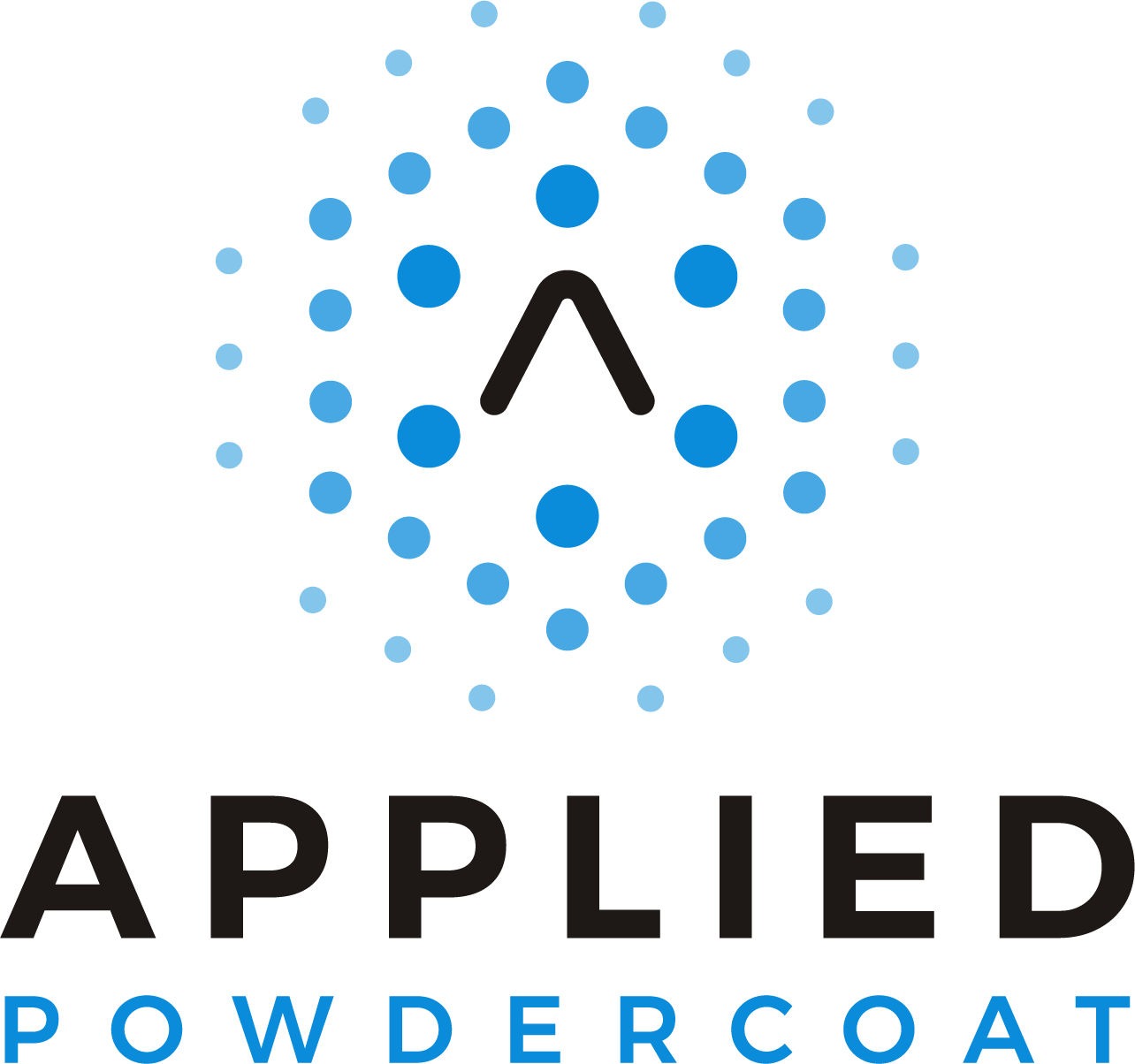How to Prepare for Successful Powder Coating Services
A successful powder coating process begins with the right preparation.
As a finishing shop with a reputation for exceptional work, we take great care to ensure all parts receive the highest quality coatings. Whether we’re coating new industrial parts on one of our large conveyor systems or refreshing the coat on a cherished antique item, pretreating is an essential first step in our workflow.
But the truth is that good preparation begins before customers even place an order. We’ve found that asking our customers to clarify their goals for powder coating up front is key to us meeting—and often exceeding—their expectations. The more specific information we have about your part, the easier it is for us to deliver powder coating results you’ll love.
Let’s review the top 5 questions we have for customers who need powder coating services. We’ll also share the steps we take in our shop to guarantee the best final results.
Top 5 Questions We Ask Customers
The answers to these simple questions help to streamline your project and get you beautifully finished parts quickly:
1. Which surfaces of the part or item are we coating?
Providing drawings or other documentation for our team to reference is one critical step customers can take to ensure excellent results. When we see clear notations indicating which areas should be coated and masked, we can coat your parts quickly and accurately.
2. Is your part or item capable of withstanding high-pressure cleaning, extreme abrasion, and heat?
Powder coating is most commonly used to finish metal parts, but it can also work well for glass and some ceramics—provided the materials can withstand extreme pressure, abrasive sandblasting, and high temperatures. We don’t recommend powder coating plastic.
It’s also important to consider the condition of the part or item because the success of powder coating depends largely on the condition of the material’s substrate. Items such as vintage automotive parts or antique toys often have significant corrosion. If the material’s substrate is extremely rusty or brittle, the part likely won’t survive abrasive sandblasting or the 400-degree heat used to cure powder coating.
Not sure if powder coating is safe for your part or item? Just ask!
3. Do you need a flawless finish?
When a material’s substrate is strong enough to be powder coated but still fairly rough, preparation techniques like cleaning and sandblasting may not be enough to create a pristine finish. If your primary goal for powder coating is to obtain an aesthetically pleasing finish, know that there may be slight imperfections depending on the original condition of the part or item.
If your primary concern is functionality and you request powder coating services to enhance corrosion resistance, you will still gain the desired result despite minor inconsistencies in the finish.
4. Will your part be used indoors or outdoors?
There are many different powder coating types to choose from, and each yields different results.
Epoxy, for instance, is an excellent choice for indoor parts, but it performs poorly in outdoor settings. If your part will be outdoors in a highly corrosive marine environment, for instance, you’ll need one of the most durable coating types.
5. What color preferences do you have?
Are you trying to match the color of another part? If you bring the finished part into our shop, we can usually match it. Otherwise, it’s best to come in and look at our powder coat color samples.
Although you can view samples online, the colors won’t look quite the same on a screen as in person.
Our Powder Coating Preparation Process
Once we know all the details about your part, we begin our extensive pretreatment process. This process differs for personal items vs. industrial parts.
Personal items such as vintage automotive parts or antique toys are first sandblasted to remove rust and other imperfections before being cleaned and prepped for powder coating services.
For industrial parts, however, the process begins with our washing system.
Our 3-stage washing system
First, we put the part through a chemical treatment process to remove grease or other contaminants. Then we run it through intermediary and final rinses. These steps create a clean, smooth surface and enable superior adhesion. From there, we dry the part and carefully apply masking in preparation for powder application.
Ultimately, our 3-stage washing system ensures that the powder coating will retain its quality for years to come.
The Applied Powdercoat Difference
Our shop has the capacity to powder coat up to 500 industrial parts at once—and all jobs, big or small, benefit from our exhaustive pretreatment process.
While shops that operate on a smaller scale may provide adequate powder coating services, they often lack the equipment to prepare industrial parts sufficiently for superior results. A smaller shop, for instance, may use a more basic preparation process than our 3-stage washing system. Their pretreatment may be effective in the short term, but it won’t necessarily promote long-term adhesion. As a result, you may have to get your parts recoated within a relatively short time frame.
By choosing Applied Powdercoat, you know you’ll get the maximum life out of your powder coating. A little preparation goes a long way! Ready to experience the Applied Powdercoat difference? Request a quote today!


